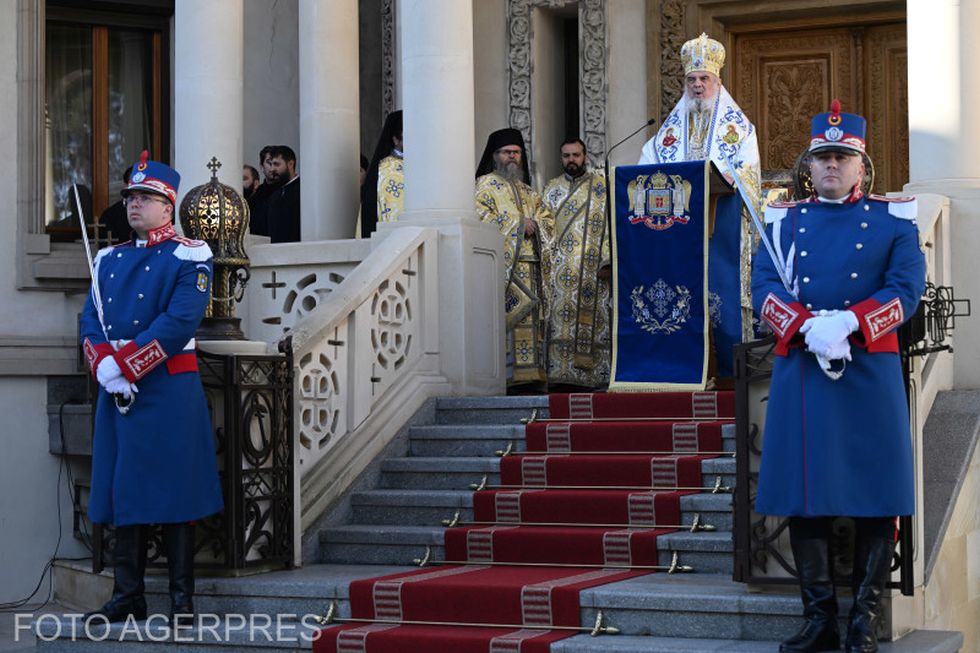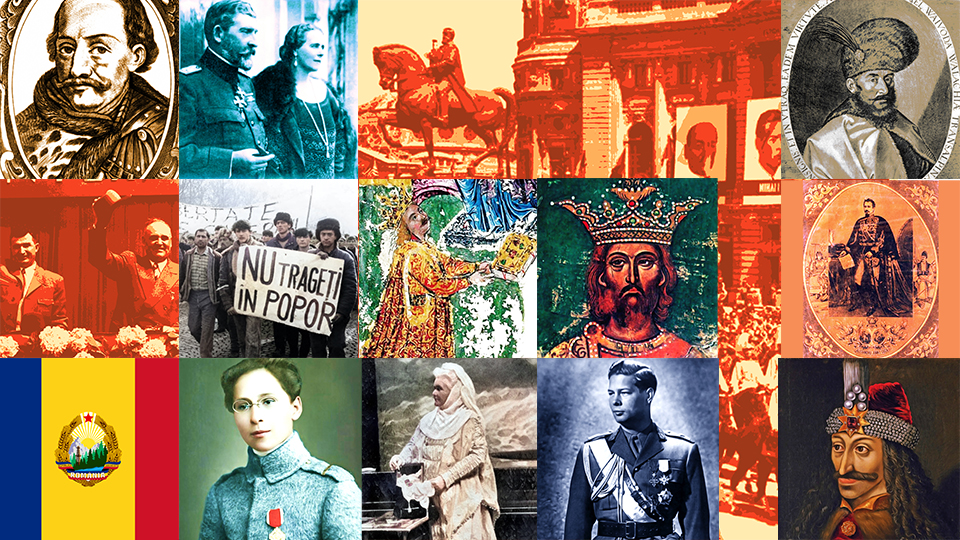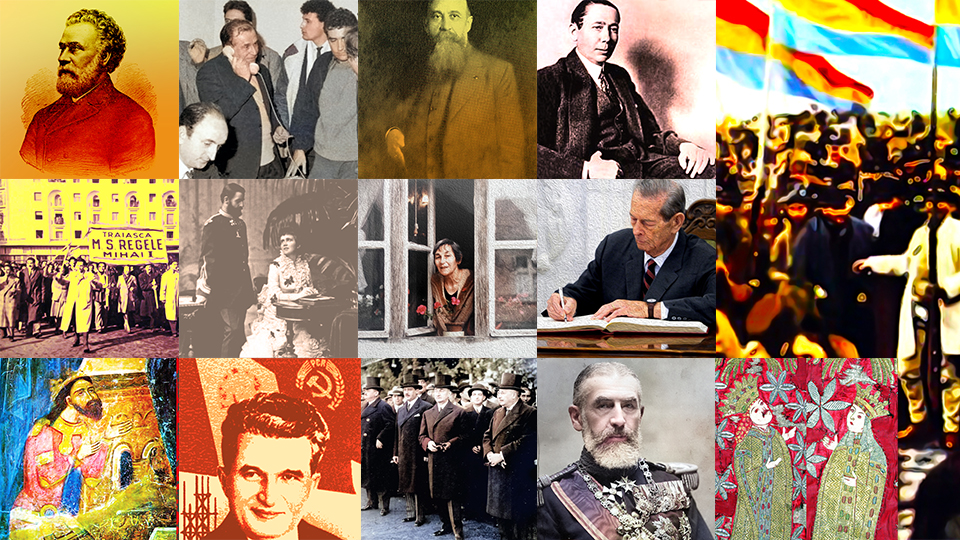50 Years Since the Helsinki Accords
After 1945, Europe was brutally divided
Steliu Lambru, 03.02.2025, 13:44
After 1945, Europe was brutally divided, and the hopes of Europeans that at the end of the Second World War, once freed from fascism, they would return to normal, were shattered. The Iron Curtain that divided Europe into the Western, prosperous and democratic, and the Eastern, impoverished and tyrannized by communism, passed through the middle of Germany and its capital Berlin. For about two decades, until the late 1960s and early 1970s, the two Europes regarded each other with hatred and tensions had reached paroxysms, especially during the missile crisis of 1962. But if in Western Europe one can see the will of those nations to be part of a democratic system, in Eastern Europe the will of the nations occupied by the Soviets and driven into hatred against other Europeans was trampled underfoot. The anti-communist uprisings in Poland and East Germany in 1953, the one in Hungary in 1956 and the one in Czechoslovakia in 1968, all brutally suppressed by the Soviets, proved that Eastern Europeans did not want to be the enemies of Western Europeans.
But with the passage of time and the change of generations, attitudes would change. Europeans, both Western and Eastern, would find the solution to live in peace and proposed new concepts such as détente in relations on the old continent. The new mentalities materialized in the creation of the Conference on Security and Cooperation in Europe (CSCE), a forum for discussions on thorny issues between Europeans. The capital of Finland, as a neutral country, was chosen for the first meeting of the forum in July 1973. Another meeting followed in Geneva, in September 1973, and two years later, in August 1975, the Final Act was signed in Helsinki, with Nicolae Ceaușescu as Romania’s signature. Although it had mainly European relevance, in the end, 57 countries, some from North America and Asia, also signed the Act. Diplomat and professor Cristian Diaconescu, former foreign minister, described the changes that occurred in European relations.
“Since the 1970s, however, the two blocs had entered into a logic of attempted calm, attempted relaxation. Preliminary negotiations began in 1972, gradually it was agreed that this conference in Helsinki on August 1, 1975 would adopt a Final Act covering four areas, signed by all European states at that time, Canada and the United States, except Albania, which did not want to participate.”
The 10 articles of the Act are also known as the Decalogue of the Conference, and are stated as follows: equality of sovereignties and respect for the rights deriving from it; abstention from the threat or use of force; inviolability of borders; territorial integrity of states; peaceful settlement of disputes; non-interference in internal affairs; respect for human rights and fundamental rights, including freedom of thought, conscience, religion and belief; equal rights and self-determination of peoples; cooperation between states; mutual trust and in international law. Cristian Diaconescu summarized the principles from which the Decalogue was derived.
“The Helsinki Final Act referred to four areas. The first area was the political-military area, which covered the obvious political and military area: territorial integrity, border definition, peaceful settlement of disputes, and the implementation of confidence-building and security measures. The second area referred to the economic dimension. The third to the humanitarian dimension, and here, appropriate to the problems of our days, we discuss freedom of migration, reunification of families divided by internal borders, cultural exchanges, freedom of the press. And, finally, the last chapter was regarding the establishment of a periodicity of mechanisms, debates and the study of implementation. There were also meetings of the Conference on Security and Cooperation in Europe, such as those on security and cooperation in Europe before 1990, in 1977 and 1978 in Belgrade, in 1980 and 1983 in Madrid, and in 1986 and 1989 in Vienna. And we arrive to 1990, for two years, when it became the Organization for Security and Cooperation in Europe (OSCE) in a multilateral framework institutionalized on these four levels. The OSCE, the CSCE at that time, was the only multilateral organization that debated such topics.”
After 1990, when the wave of civic revolutions of 1989 swept away the communist tyrannies in the eastern half of Europe, the new changes also touched the legacy of the Helsinki Final Act. It remained valid, and the Organization for Security and Cooperation in Europe (OSCE) appeared in place of the CSCE through a new document. Here is Cristian Diaconescu.
“The Vienna Document was adopted. This document referred precisely to measures to increase confidence and security. What did this document contain? A willingness to notify each other in relation to military activities, in relation to various actions with political-military connotations that could generate a threat. And then, in order not to interpret such a development in one way or another across borders, early warning was necessary.”
Starting in the 1970s, Europeans knew how to give their continent a new security architecture. The challenges of the following years were not lacking, and the cases of the breakup of the former Yugoslavia, most tragically, and that of the former Czechoslovakia, tested the viability of the principles and concepts of common security and cooperation. The legacy of the Helsinki Final Act led to the strengthening of the conviction that war is not a solution, but today Europeans must be prepared for anything.































